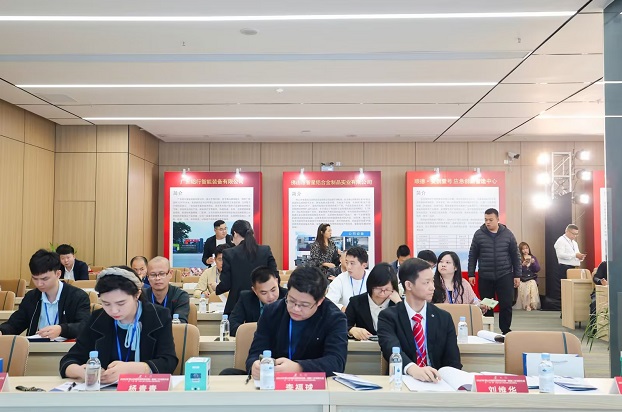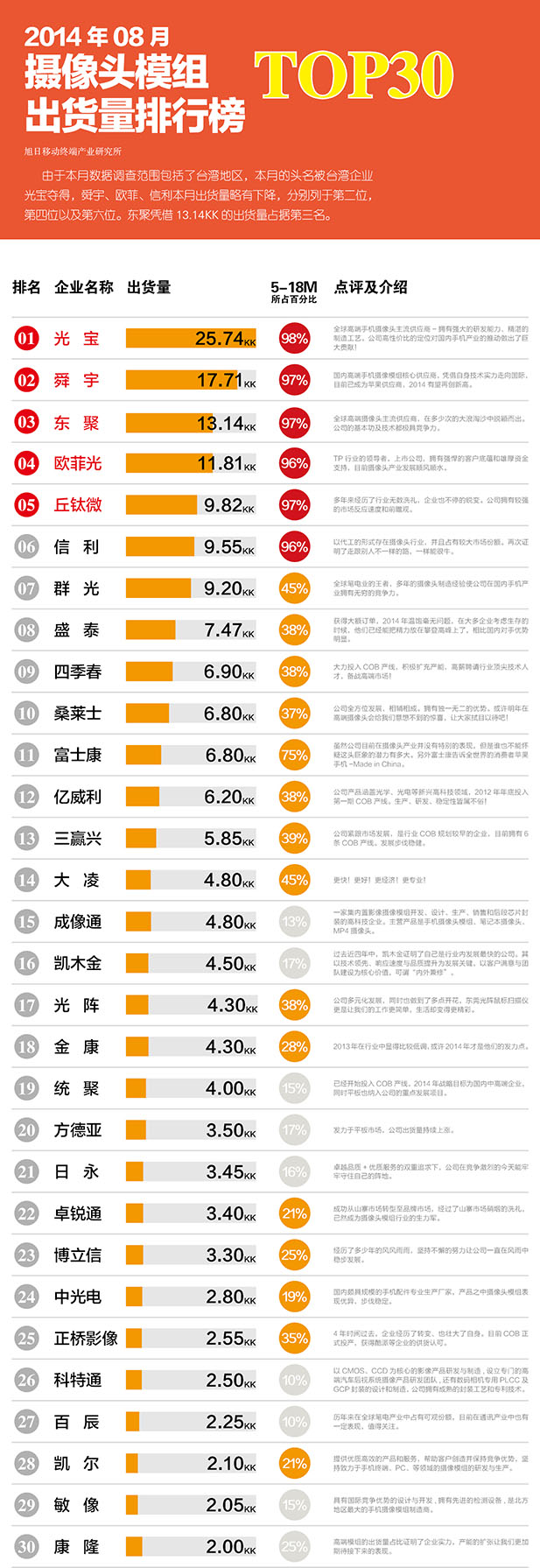1、 Power selection
The cleaning effect of Xinwandesheng ultrasonic cleaning may not be directly proportional to the cleaning time. Ultrasonic cleaning machines sometimes use low power and take a long time to remove dirt. If the power reaches a certain value, sometimes the dirt is quickly removed. If the power is too high, the cavitation intensity will be greatly increased, and the cleaning effect will be improved. However, at this time, more precise parts will also produce corrosion points, which is not worth the loss. Moreover, the vibration plate at the bottom of the cleaning cylinder will have severe cavitation and increased water point corrosion. When using organic solvents such as trichloroethylene, there is basically no problem. However, when using water or water-soluble cleaning liquids, they are prone to water point corrosion. If the surface of the vibration plate has been damaged, Under strong power, cavitation and corrosion are more severe underwater, so ultrasonic power should be selected according to actual usage conditions.
2、 Frequency selection
The ultrasonic cleaning frequency ranges from tens of kHz to 100kHz, and the physical cleaning force caused by cavitation during the use of water or water cleaning agents is obviously advantageous for low frequencies, usually around 15-40kHz. For cleaning parts with small gaps, narrow gaps, and deep holes, it is better to use high frequencies (usually above 40kHz), even hundreds of kHz. When cleaning clock parts, use 400kHz. If broadband frequency modulation cleaning is used, the effect is better.
3、 Use of cleaning basket
When cleaning small items, a net basket is often used, and special attention should be paid to the ultrasonic attenuation caused by the mesh. When the frequency is 28kHz, it is better to use a mesh of 10mm or more.
4、 Selection of cleaning solution temperature
The suitable cleaning temperature for water cleaning solution is 40-60 ℃, especially in cold weather. If the cleaning solution temperature is low, the cavitation effect is poor, and the cleaning effect is also poor. Therefore, some cleaning machines wrap heating wires around the outside of the cleaning cylinder for temperature control. When the temperature rises, cavitation is prone to occur, so the cleaning effect is better. As the temperature continues to rise, the gas pressure inside the bubble increases, causing a decrease in shock sound pressure, reflecting the multiplication effect of these two factors.
5、 Determination of the amount of cleaning solution and the position of the cleaned parts
It is generally recommended that the liquid level of the cleaning solution be at least 100mm above the surface of the vibrator. Due to the influence of the standing wave field, the amplitude of the single frequency cleaning machine is very small at the wave node, while the amplitude at the wave amplitude is large, resulting in uneven cleaning. Therefore, it is recommended to place the cleaning items at the wave amplitude.
6、 Ultrasonic cleaning process and selection of cleaning solution
Before purchasing a cleaning system, the following application analysis should be conducted on the cleaned parts: clarify the material composition, structure, and quantity of the cleaned parts, analyze and clarify the dirt to be removed. These are the prerequisites for determining what cleaning method to use and whether to use water-based cleaning solution or solvent. The final cleaning process still needs to be validated through cleaning experiments. Only in this way can a suitable cleaning system, a well-designed cleaning process, and cleaning solution be provided. Considering the influence of the physical properties of the cleaning solution on ultrasonic cleaning, steam pressure, surface tension, viscosity, and density should be significant influencing factors. Temperature can affect these factors, so it can also affect the efficiency of cavitation. Any cleaning system must use cleaning solution.
When choosing a cleaning solution, the following three factors should be considered:
1. Cleaning efficiency: When selecting an effective cleaning solvent, it is necessary to conduct experiments. If ultrasound is introduced into existing cleaning processes, the solvent used generally does not need to be changed;
2. Simple operation: The liquid used should be safe, non-toxic, easy to operate, and have a long service life;
3. Cost: The cost of using inexpensive cleaning solvents is not necessarily low. During use, factors such as the cleaning efficiency and safety of solvents, as well as the utilization rate of how many workpieces can be cleaned with a certain amount of solvent, must be considered. Of course, the selected cleaning solvent must achieve the cleaning effect and be compatible with the material of the workpiece being cleaned. Water is a common cleaning solution, so the system using water-based solutions is easy to operate, cost-effective, and widely used. However, for certain materials and dirt that are not suitable for aqueous solutions, there are still many solvents available for selection.
7、 Different cleaning liquids and cleaning systems to be distinguished
Water based system: usually composed of open grooves, in which the workpiece is immersed. A complex system will consist of multiple tanks, equipped with a circulating filtration system, flushing tank, drying tank, and other accessories.
Solvent system: mostly ultrasonic vapor phase degreasing and cleaning machines, often equipped with continuous waste liquid recovery devices. The ultrasonic vapor phase oil removal process is completed by an integrated multi tank system consisting of a solvent evaporation tank and an ultrasonic immersion tank. Under the combined action of hot solvent vapor and ultrasonic agitation, oil, grease, wax, and other dirt soluble in solvents are removed. After a series of cleaning processes, the workpiece that is cut off is heated, clean, and dry.
8、 Cleaning parts processing
Another consideration factor for ultrasonic cleaning is the loading and unloading of the cleaning parts, or the design of the tooling for placing the cleaning parts. When cleaning the parts in the ultrasonic cleaning tank, neither the cleaning parts nor the cleaning basket should touch the bottom of the tank. The total cross-sectional area of the cleaning parts should not exceed 70% of the cross-sectional area of the ultrasonic groove. Rubber and non rigid plastics can absorb ultrasonic energy, so caution should be exercised when using such materials for tooling. Insulated cleaning parts should also be given special attention. Improper design of the tooling basket or heavy workpiece can greatly reduce the efficiency of even a good ultrasonic cleaning system. Hooks, racks, and beakers can all be used to support cleaning parts.
9、 Clarification of cleaning time, workpiece type, and quantity
? Consider the use of fully automatic, semi-automatic, and manual modes of machine operation.
? Machine size and cost.
10、 Other
Parts with a large amount of dirt usually need to be pre cleaned using methods such as immersion and spraying. After removing most of the dirt, using ultrasound to clean the remaining dirt has a good effect. If cleaning small items and complex shaped items (parts), using a cleaning net or rotating the cleaning material while vibrating and using ultrasonic radiation can achieve uniform cleaning.
Disclaimer:The authenticity of this information has not been verified by our website and is for your reference only. The purpose is to convey more information; If there is any error, error, or infringement, please contact us via email( chinavta@szxwds.com )We would greatly appreciate it if you could promptly notify us of the error, error, or infringement, and we will promptly make corrections or deletions.



